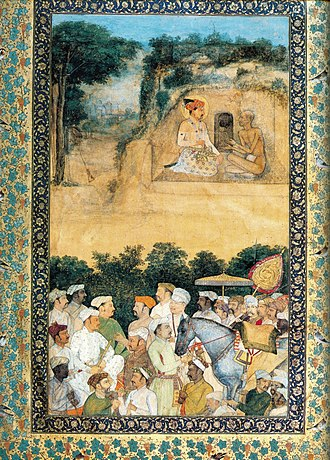
The story of the Maverick from Mandovi: a thread on Angelo da Fonseca - Born in 1902 in Santo Estevao, the smallest island on the Mandovi, Angelo da Fonseca was clearly not cut out for the usual (Pic Source: Biblioteca Nacional de Portugal) (1/n) 

As a young man, he enrolled at Grant's Medical College to study medicine but soon realized his calling lay elsewhere. He left Grant's & enrolled at J.J. School of Art. But his hopes were soon dashed (2/n)
The regimentation restricted his creative mind. He detested the overt Western influence in the teaching methods. Once more, he quit and this time, moved to Santiniketan determined to learn from the best, Abanindranath Tagore (3/n)
Under the guidance of Abanindranath, the artist in Fonseca finally took to the skies. He was personally tutored by Nandalal Bose, a pioneer of Indian modernist painting. (4/n)
When time came for Fonseca to leave Santiniketan, the disciple was paid the highest compliment by the guru. Abanindranath told him "you have mastered…art. Go forth and seek your treasure." Fonseca the artist was all set to explode (5/n)
Fonseca found traditional Christian art stifling and wanted to revolutionize it. His paintings were steeped in Indian-ness. His Mary was brown skinned, wore a saree, sat in padmasana & held a lotus in her hand (6/n) 

Fonseca's paintings drew heavily from Hindu, Islamic, Buddhist and Jain religious motifs. But in Portuguese ruled Goa, it was akin to career suicide. The Catholic newspaper, The Examiner, ran articles denouncing him as ‘pagan’ (7/n) 

Both Portuguese and Goan voices attacked him with virulence, and Fonseca was forced to leave his native land and settled in Poona (Pune) where he kept producing more wonderful art forms (8/n)
Pic source: indigenousjesus.blogspot.com/2014/10/angelo…
Pic source: indigenousjesus.blogspot.com/2014/10/angelo…

Fonseca remained prolific till his death in 1967 and his amazingly unique body of work, depicting rich cross-cultural pluralism is a very important part of 20th century art. Or should have been (9/n) 

Neither India's independence nor Goa's liberation changed Fonseca's fate. This maverick artist and his amazing creations till date largely remain mired in cruel obscurity (10/n) 

Thanks & Acknowledgements: 1.daak.co.in/creating-home-…
2.joaoroqueliteraryjournal.com/nonfiction-1/2…
3.timesofindia.indiatimes.com/city/goa/how-t…
2.joaoroqueliteraryjournal.com/nonfiction-1/2…
3.timesofindia.indiatimes.com/city/goa/how-t…
• • •
Missing some Tweet in this thread? You can try to
force a refresh








